-
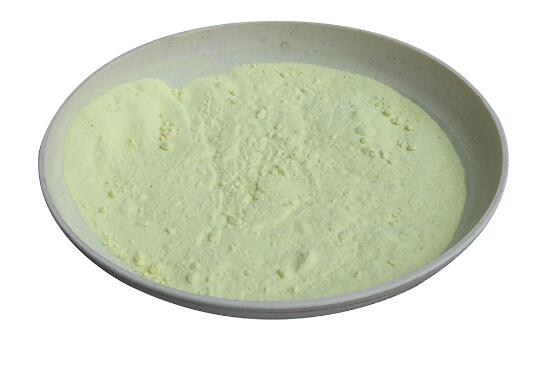
4,5-Diazafluoren-9-one CAS:50890-67-0
4,5-Diazafluoren-9-one is a chemical compound that belongs to the class of heterocyclic aromatic compounds. It consists of a fluorene skeleton with two nitrogen atoms (diaza) and an oxygen atom (one) attached at specific positions. It is commonly used as a building block or intermediate in organic synthesis, especially in the preparation of various organic compounds, pharmaceuticals, and dyes. Its structure and reactivity make it a valuable tool for creating diverse molecular structures and functional groups.
-

Tapso Sodium CAS:105140-25-8 Manufacturer Price
3-[N-Tris(hydroxymethyl)methylamino]-2-hydroxypropanesulfonic acid,It is a zwitterionic buffering agent in the form of a sodium salt. It is commonly used in biochemical and molecular biology experiments for maintaining a stable pH in solutions. It is highly soluble in water and has a pKa close to physiological pH, making it suitable for a wide range of applications such as protein purification, enzyme assays, cell culture, and electrophoresis. Its unique chemical structure and compatibility with biological systems make it an essential component in various laboratory protocols.
-
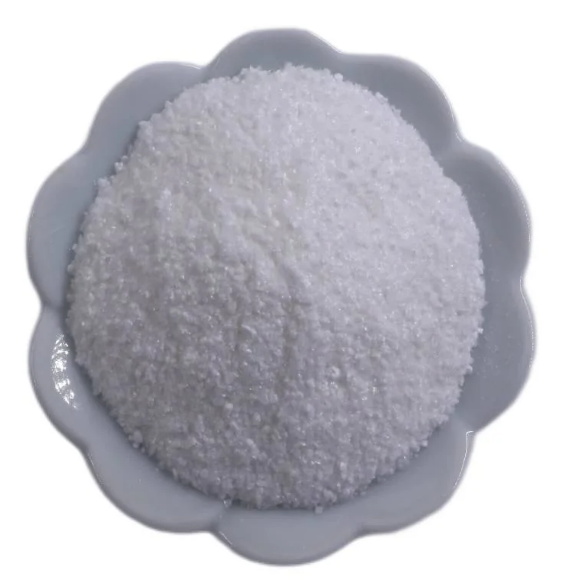
4-Nitrophenyl phosphate di(tris) salt CAS:68189-42-4
4-Nitrophenyl phosphate di(tris) salt is a chemical compound used in biochemical research and diagnostics. It is commonly utilized as a substrate for alkaline phosphatase enzyme assays. This salt, when hydrolyzed by alkaline phosphatase, produces a yellow-colored product that can be easily measured spectrophotometrically. This reaction is widely employed in various applications, including enzyme-linked immunosorbent assays (ELISAs) and phosphatase activity detection. The yellow color intensity is directly proportional to the enzyme activity, allowing for accurate quantification of alkaline phosphatase levels in biological samples. 4-Nitrophenyl phosphate di(tris) salt is stable, water-soluble, and highly sensitive, making it a popular choice for enzyme assays in biological and medical research.
-

Nitrotetrazolium blue chloride CAS:298-83-9
Nitrotetrazolium blue chloride, also known as NBT or NBT-Cl, is a chemical compound commonly used in biological and biochemical assays. It is a pale yellow crystalline powder that is soluble in water.
NBT is frequently used as an indicator to detect the presence of superoxide radicals or enzymes that generate them. It undergoes a color change when reduced by superoxide radicals, turning from yellow to a deep blue formazan precipitate. This reaction is often utilized in experiments to study oxidative stress, cellular respiration, and enzyme activity.
NBT is commonly employed in various techniques, such as nitroblue tetrazolium reduction, to visualize superoxide production in cells and tissues. It has also been used in immunohistochemistry and histochemistry to detect and localize other enzymes and cellular components.
-

NSP-AS CAS:211106-69-3 Manufacturer Price
The compound 3-[9-(((3-(carboxypropyl)[4-Methxylphenyl]sulfonyl)aMine)carboxyl]-10-acridiniuMyl)-1-propanesulfonate inner salt is a complex molecule consisting of an acridinium moiety attached to a propanesulfonate inner salt. It contains a carboxypropyl group, a 4-Methxylphenylsulfonyl group, and an amine group. This compound is likely synthesized for specific applications in areas such as chemistry, pharmaceuticals, or research.
Furthermore, NAC has shown promise in supporting liver health by assisting in the removal of toxic substances, such as acetaminophen, a common pain reliever. It may also have protective effects against liver damage caused by alcohol consumption.
In addition to its antioxidant and respiratory support properties, NAC has been explored for its potential benefits in mental health. Some research suggests that it may have a positive impact on mood disorders, such as depression and obsessive-compulsive disorder (OCD).
-
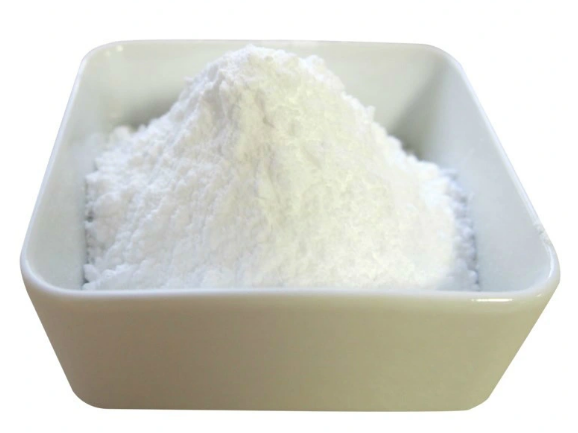
L-Leucine p-nitroanilide hydrochloride CAS:16010-98-3
L-Leucine p-nitroanilide hydrochloride is a chemical compound that belongs to the group of p-nitroanilide derivatives. It is a white to off-white crystalline powder that is commonly used in biochemical research and enzyme assays.
L-Leucine p-nitroanilide hydrochloride is often used as a substrate to measure the activity of enzymes like proteases and peptidases. When these enzymes cleave L-Leucine p-nitroanilide hydrochloride, it releases p-nitroaniline, which can be detected spectrophotometrically. The rate of the color change is directly proportional to the enzymatic activity, allowing for the quantification of enzyme activity in biological samples.
This compound is soluble in water and can be easily dissolved in appropriate buffer solutions for use in enzymatic assays. It is important to store L-Leucine p-nitroanilide hydrochloride in a cool and dry place to maintain its stability.
-
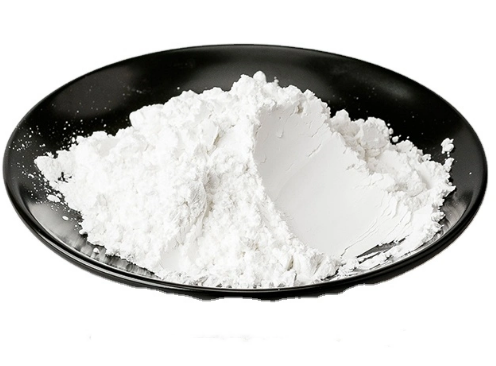
Guanidine Thiocyanate Sulfate CAS:593-84-0
Guanidine thiocyanate sulfate is a chemical compound derived from guanidine, thiocyanate, and sulfate ions. It is commonly used in molecular biology and biochemistry research as a chaotropic agent.
Guanidine thiocyanate sulfate is often utilized in DNA and RNA isolation protocols to disrupt cellular membranes and denature proteins, allowing for efficient extraction of nucleic acids. It helps in the solubilization of DNA and RNA, enabling their isolation and purification from various biological samples.
Due to its chaotropic properties, guanidine thiocyanate sulfate assists in breaking hydrogen bonding and other non-covalent interactions, facilitating the separation of nucleic acids from proteins, lipids, and other cellular components. It also helps in inhibiting RNase activity, ensuring the integrity and purity of the extracted nucleic acids.
-
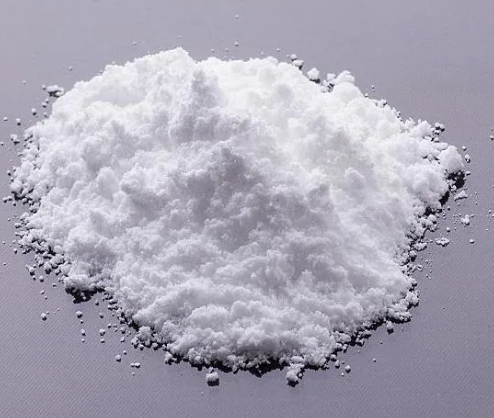
BCIP-Toluidine)5-Bromo-4-chloro-3-indolylphosphate-p-toluidine salt CAS:6578-06-9
BCIP-Toluidine, also known as 5-Bromo-4-chloro-3-indolylphosphate-p-toluidine salt, is a chemical compound commonly used in molecular biology and biochemistry research. It is primarily used as a substrate in enzyme-linked immunosorbent assays (ELISAs) or immunohistochemical staining techniques to detect alkaline phosphatase activity.
When BCIP-Toluidine is cleaved by alkaline phosphatase, it undergoes a color change reaction, producing a blue-purple precipitate. This reaction allows for the visualization and quantification of alkaline phosphatase activity in samples. The intensity of the color can be measured spectrophotometrically and is directly proportional to the enzyme activity.
The use of BCIP-Toluidine as a substrate is especially common in applications involving DNA or RNA labeling, such as in situ hybridization (ISH) or Southern and Northern blotting. It provides a reliable and sensitive method for detecting the presence of target nucleic acids in samples.
-
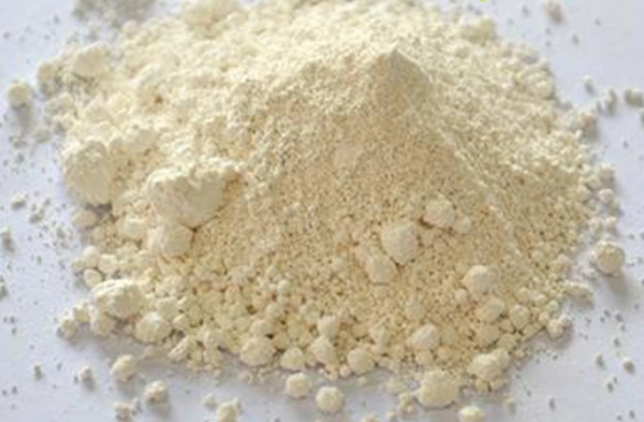
3-Aminophthalhydrazide CAS:521-31-3
3-Aminophthalhydrazide is a chemical compound with the molecular formula C8H8N2O. It is referred to as an aminohydrazide derivative of phthalic acid. This compound consists of a phthalic acid backbone with two hydrogen atoms replaced by an amino group and a hydrazine group.
3-Aminophthalhydrazide has various applications in the field of organic chemistry and medicine. It can be used as a starting material in the synthesis of various pharmaceutical compounds and dyes. Additionally, it is often employed in the preparation of Schiff bases, which are important intermediates in organic synthesis.
-
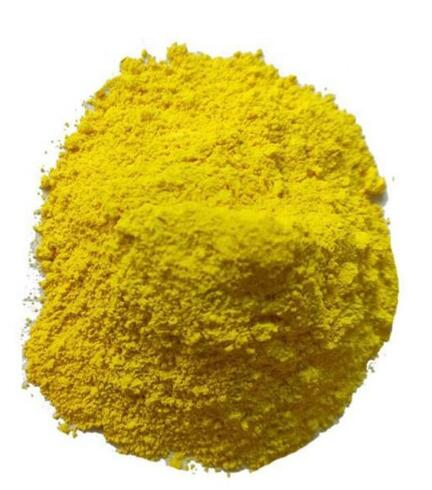
4-Aminoantipyrine CAS:83-07-8
4-Aminoantipyrine, also known as aminoantipyrine or aminopyrine, is a synthetic organic compound. It is commonly used as a reagent in analytical chemistry and pharmaceutical industry. Its chemical structure consists of an aromatic ring with an amino group (NH2) and a pyrazolone group, making it a versatile compound for various applications.
In analytical chemistry, 4-Aminoantipyrine is widely used as a chromogenic reagent in colorimetric assays. It reacts with certain substances, such as phenols and peroxides, to form colored complexes that can be measured spectrophotometrically. This property makes it useful in various assays, including the determination of enzymes like peroxidase, glucose, and amylase.
In the pharmaceutical industry, 4-Aminoantipyrine has been used historically as an analgesic and antipyretic drug .
-

TAPS-NA CAS:91000-53-2 Manufacturer Price
N-[Tris(hydroxymethyl)methyl]-3-aminopropanesulfonic acid sodium salt, also known as TAPS-Na, is a chemical compound commonly used as a buffering agent in various biological and biochemical applications. It is a zwitterionic compound, meaning it has both positive and negative charges, which helps maintain a stable pH in solutions.
TAPS-Na has a pH range of approximately 7.7 to 9.1, making it suitable for applications requiring a slightly alkaline pH environment. It is often used in protein and enzyme research, as well as in molecular biology techniques such as gel electrophoresis and DNA sequencing.
As a sodium salt, TAPS-Na is highly soluble in water, which allows for easy preparation of buffered solutions. It is known for its low toxicity and minimal interference with biological molecules, making it a preferred choice for many experiments.
-
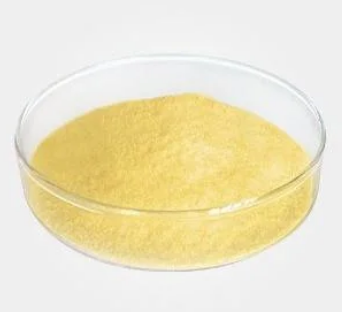
5,5-Dithiobis(2-nitrobenzoic acid) CAS:69-78-3
5,5-Dithiobis(2-nitrobenzoic acid), also known as DTNB or Ellman’s reagent, is a chemical compound commonly used in biochemical and pharmaceutical research. It is a yellow, crystalline powder that is highly soluble in water and organic solvents.
DTNB is primarily used to measure the concentration of sulfhydryl (-SH) groups in proteins and peptides. The compound reacts with thiols, resulting in the formation of a mixed disulfide and releasing 2-nitro-5-thiobenzoate, which has a yellow color that can be measured spectrophotometrically. By quantifying the intensity of the yellow color, it is possible to estimate the concentration of thiols in a sample. This technique is often used to study protein-protein interactions, protein folding, and enzymatic reactions that involve thiol groups.
In addition to thiol quantification, DTNB has been employed in other applications, such as evaluating the redox state of cells, studying the stability of metal-sulfur compounds, and measuring the activity of various enzymes.

